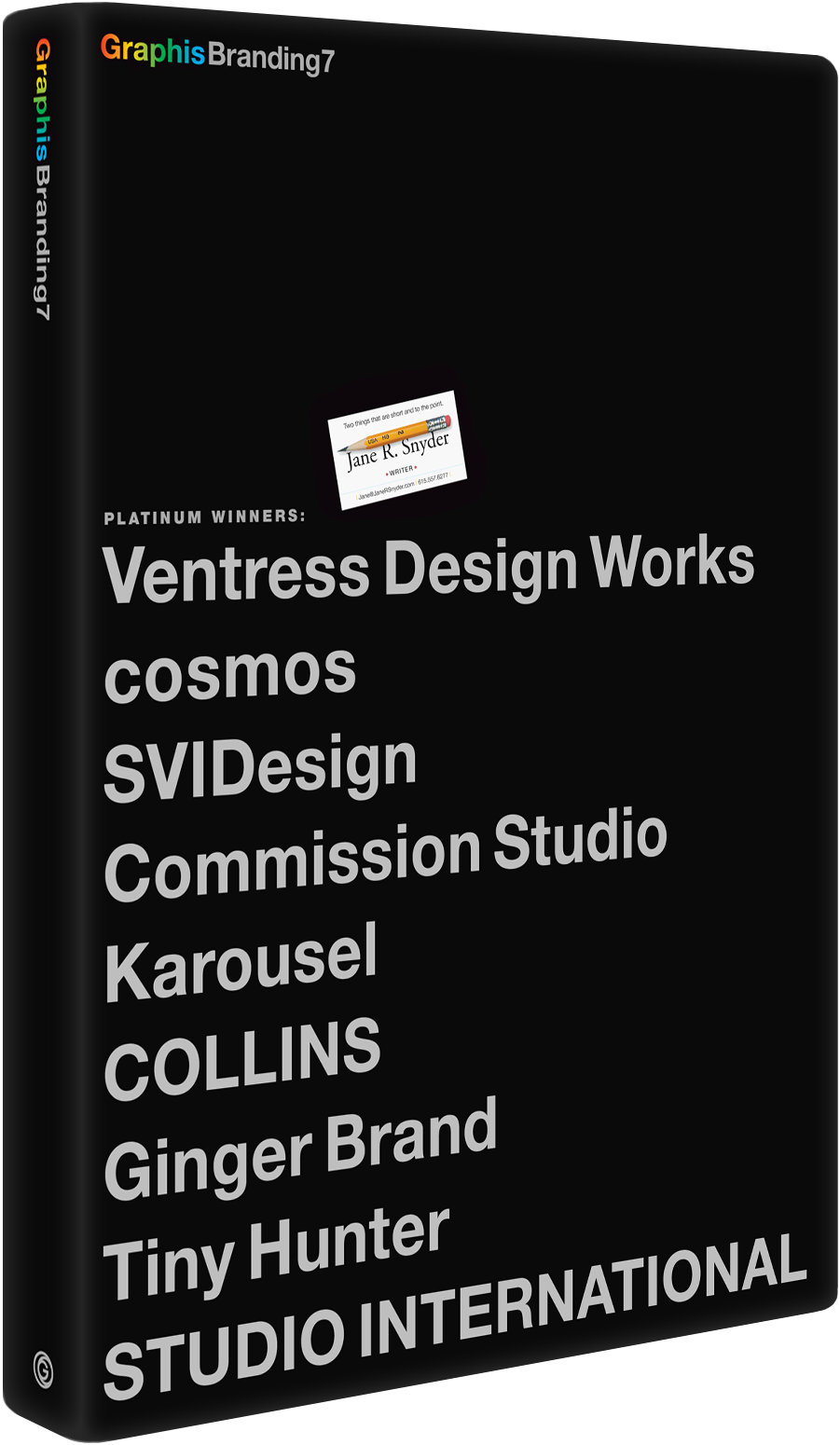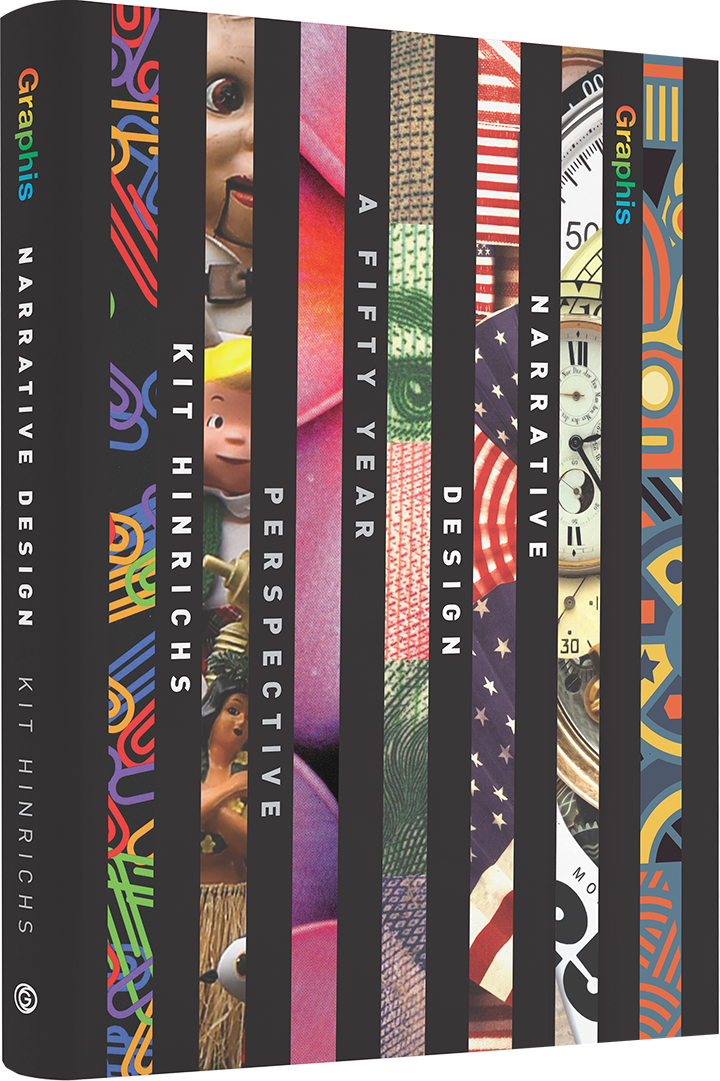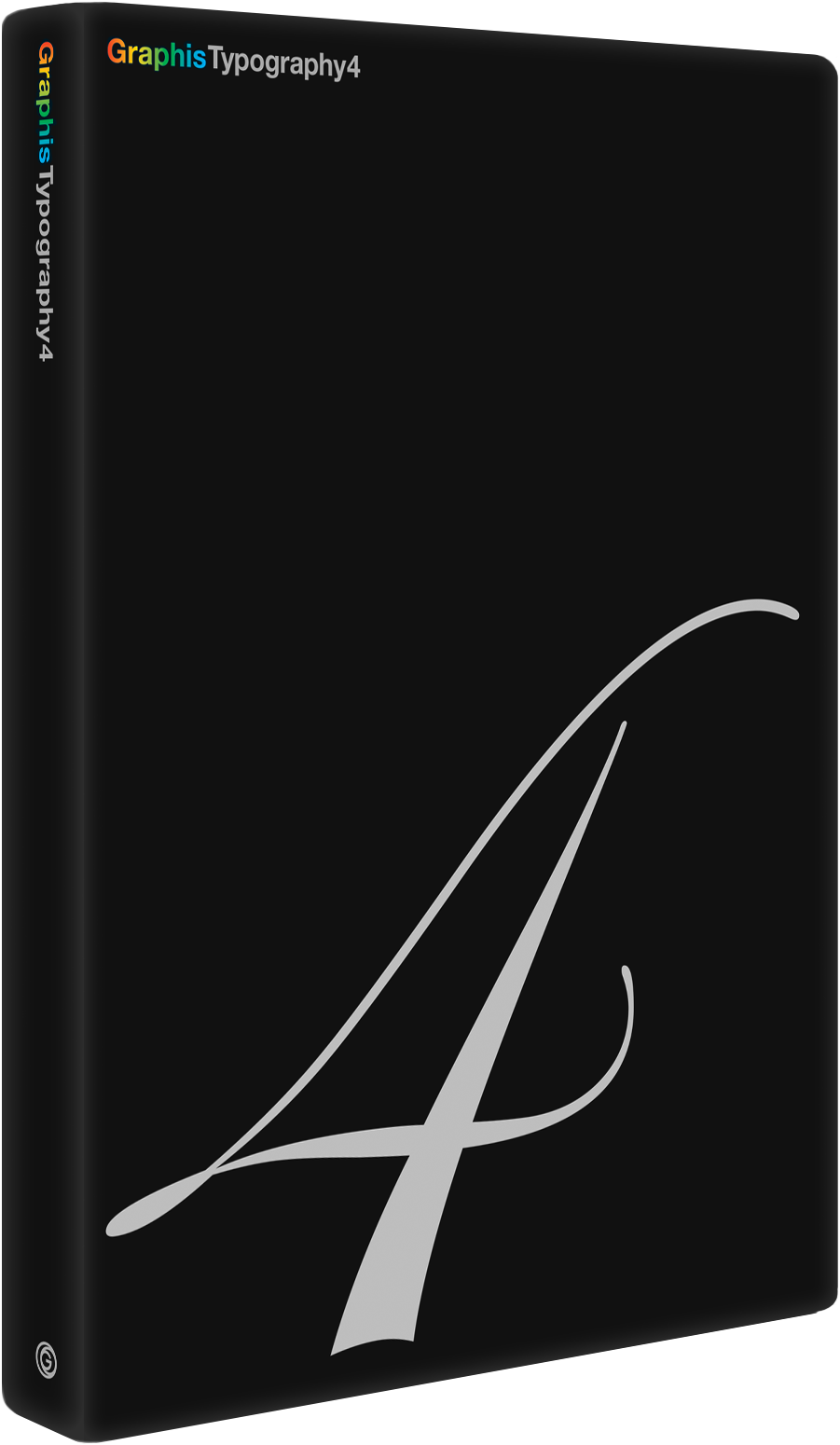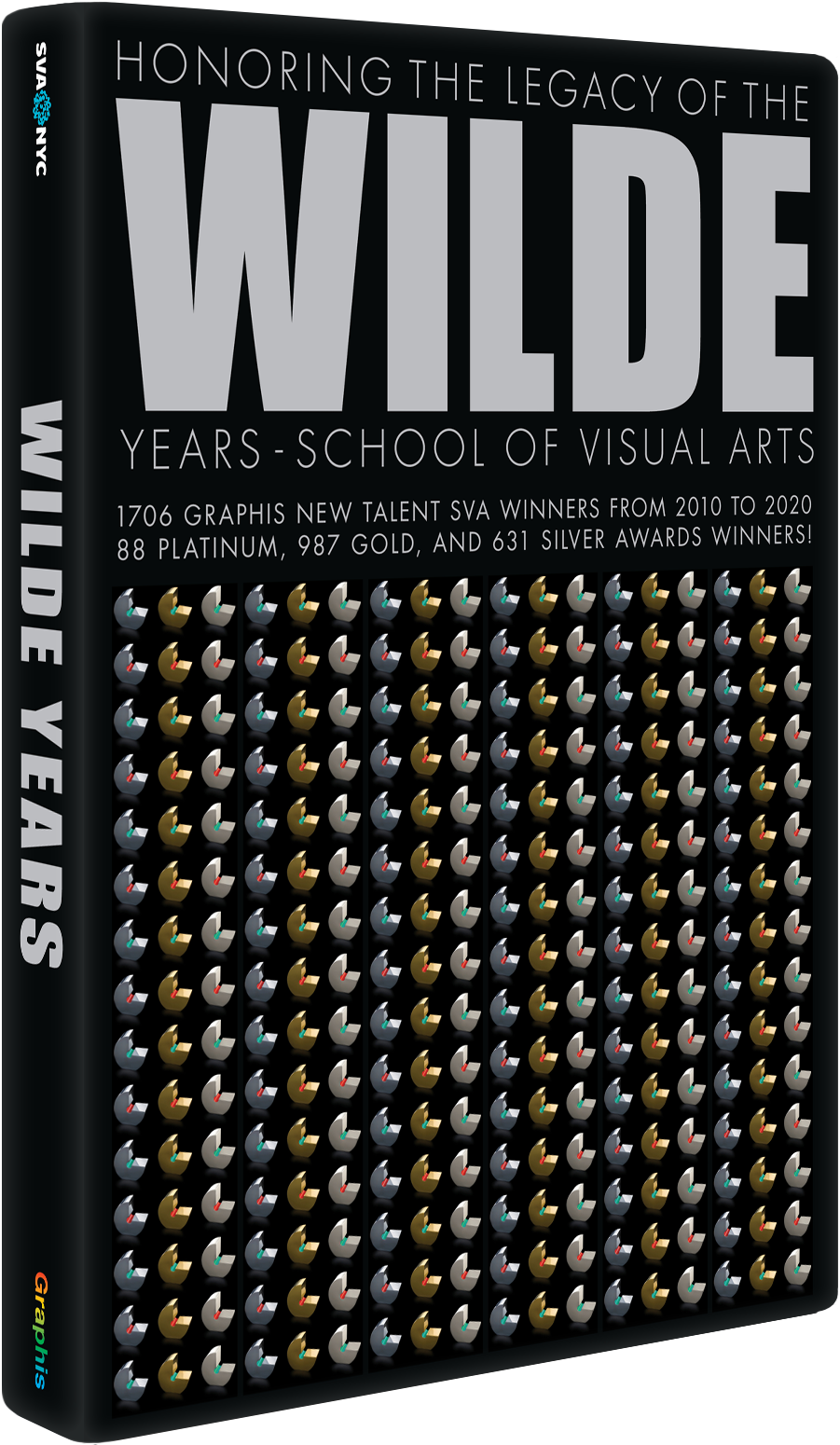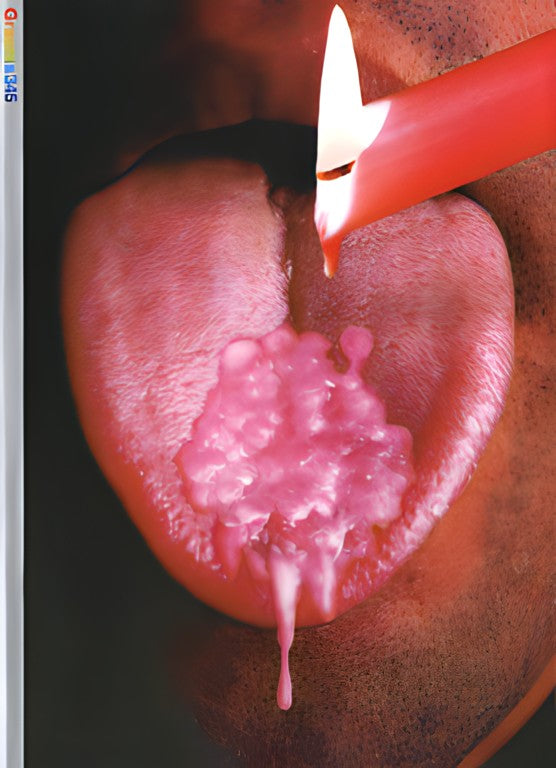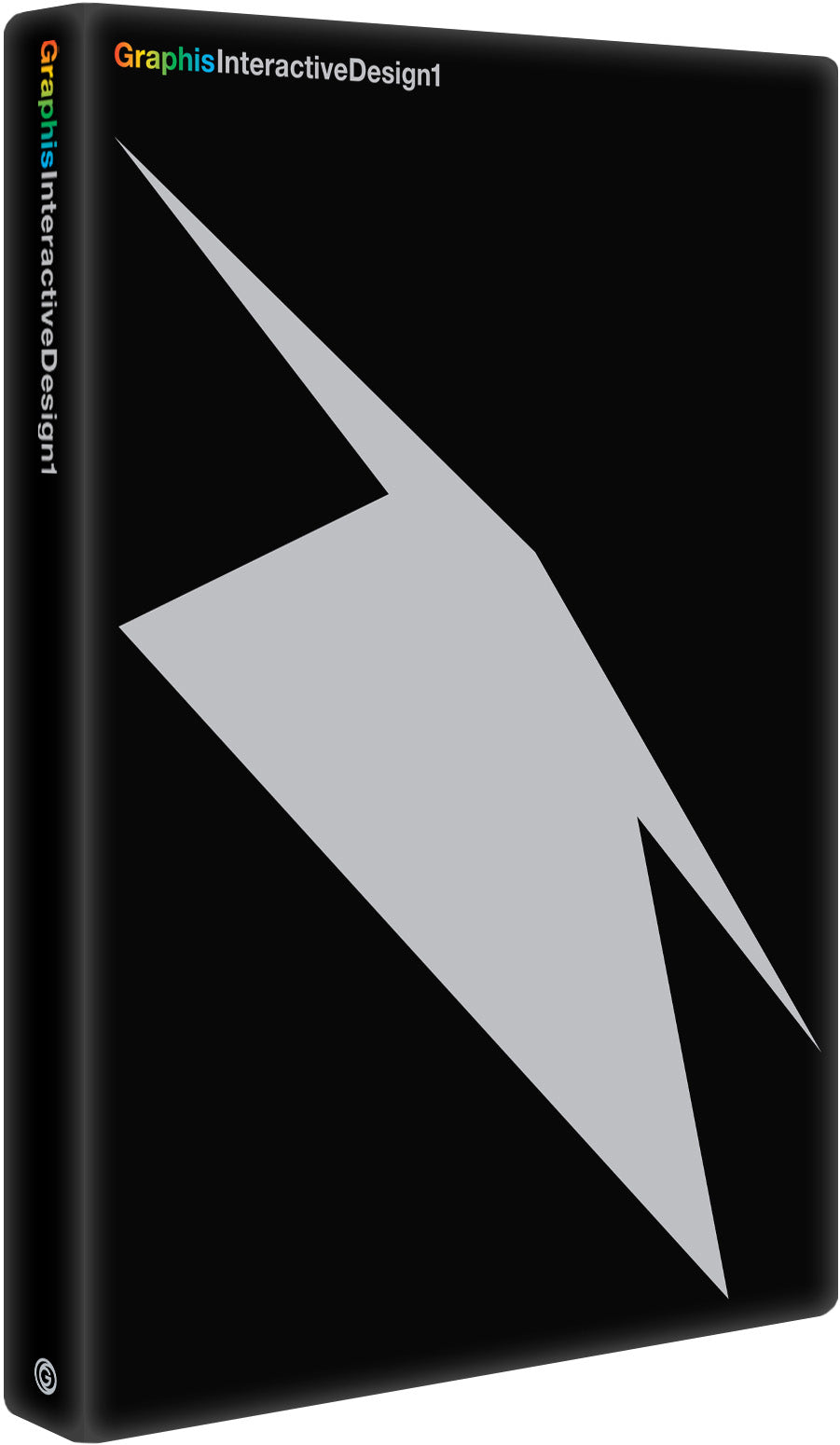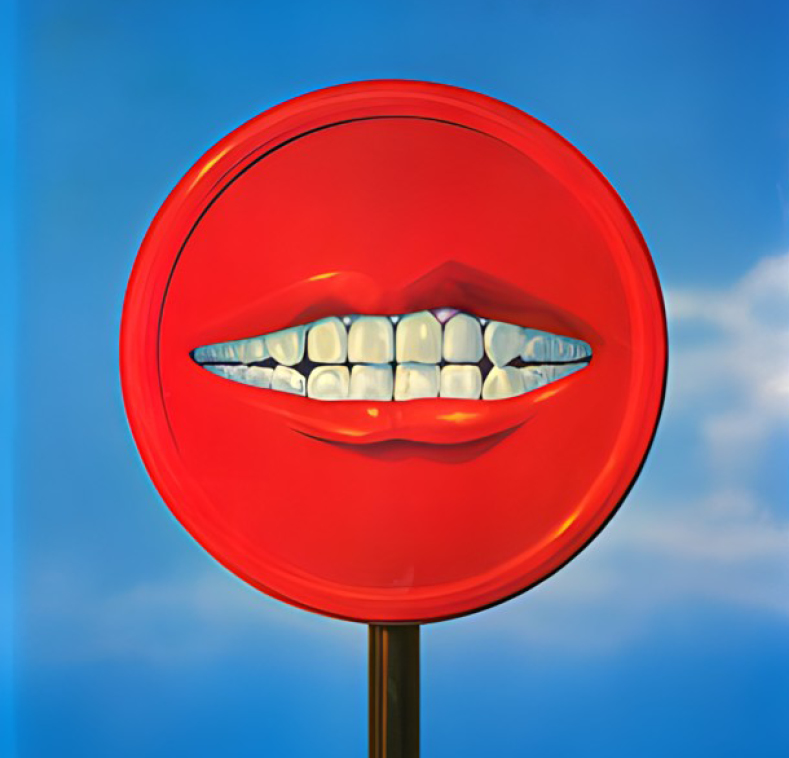Creativity Runs in the Courtney Family
Some careers are shaped by inspiration. Others are shaped by legacy. In the case of Michael Courtney (above middle) and his two sons, Kevin (above left) and Conor (above right), both paths converge elegantly, creatively, and with no shortage of Graphis awards.
Over the span of three decades, Michael built a celebrated design practice—Michael Courtney Design (MCD)—earning national recognition for work that spanned branding, wayfinding, and user-centered experiences. His studio became a space not only for design excellence, but also, at one point, a professional home for his son Kevin, who brought an interdisciplinary curiosity to the firm and has since carved out his own voice in the architectural graphics world. Meanwhile, Conor took a different path, following his passion for visual storytelling into photography, journalism, and filmmaking—earning accolades of his own and currently working on brand storytelling at Rapha.
This conversation explores the creative paths of all three Courtneys—their shared values, divergent disciplines, and the design philosophies that connect them across generations. From award-winning identity systems to documentary filmmaking aboard a Danish lobster boat, this is a story about creativity as a family language—and the delight of building something meaningful, together and apart.
Michael Courtney
What was your path into design, and when did you start MCD?
While studying for an architecture degree, I discovered the work of Chermayeff & Geismar, the Eameses, and Lance Wyman. The spirit of branding, exhibits, and communication graphics immediately appealed to me.
My transition from buildings to branding began when I joined a graphics studio embedded in a large architectural firm. Our team designed graphics and wayfinding master plans for large-scale public and private sector projects: airports, convention centers, and transit systems. A bonus—the studio head had assembled an excellent collection of design books and periodicals. That’s where I furthered my interdisciplinary design education and discovered the Vignellis, Kit Hinrichs, and the Michaels (Manwaring, Vanderbyl, and Schwab).
To build my portfolio, I designed projects for friends. An identity and stationery program for a math teacher (my wife) received a Gold Award from the Seattle Design Association. Graphis’ own B. Martin Pedersen was one of the judges.
Michael Courtney Design (MCD) was founded in 1992 with a single client. Referrals and returning clients soon followed. Our clients included universities, a Fortune 50 tech/retail giant, global health organizations, hospitality venues, boutique service providers, and retail entrepreneurs. Each year, over 120 million people would use a project we designed. The studio closed when I retired in 2021.
Which specific projects earned the ten Graphis recognitions during your career?
Here’s the list of the Gold, Silver, and other recognitions MCD received from Graphis. To be clear, these projects were the product of our talented team and collaborators, not just me.
GOLD AWARD
- JCR Rebrand — Letterhead 8
SILVER AWARDS
- Dune Peninsula Environmental Graphics Master Plan — Design Annual 2022
- 2020 Valentine — Design Annual 2021
- Yesler Placemaking — Design Annual 2020
- University of Utah Environmental Graphics Master Plan — Design Annual 2018
- Michael Courtney Design Thank You 2015 — Design Annual 2017
- Fred Hutchinson Cancer Research Center: Bone Marrow Transplant Story Wall — Design Annual 2007
- Fostering a Culture of Giving: Berney Family Welcome Center Donor Recognition — Branding 7
- Seaton Hall Renovation Donor Recognition & Endowed Chair Gallery — Branding 7
- Berney Family Welcome Center — Type 4: Type in Use
What changes in the design industry did you witness over your 30+ year career?
Too many to list here.
How did you approach nurturing creativity in your sons?
My wife and I didn’t intentionally guide them into creative careers, but we consciously encouraged their interests through reading, drawing, writing, and imaginative play. We exposed them to the beautiful illustrations and writing in children’s books. They “graduated” to the hilarious and poignant storytelling of Calvin & Hobbes, a family favorite.
We enrolled both boys in a Seattle public school’s “Options Program” with a strong arts curriculum through K–8. The middle school program, in particular, was rigorous, with the arts playing a central role.
Our older son, Kevin, showed an early interest in drawing, with keen observation skills and a vivid imagination. A highlight at age seven: he created an entire Nativity scene using only dinosaurs.
Conor was a multi-sport athlete early on. In middle and high school, he became serious about sports and outdoor photography.
When they went off to university, we supported their creative pursuits. Kevin enrolled in an industrial design program. Conor became a staff photographer and photo editor for the university newspaper, later pursuing advanced media studies in Denmark.
Was design a frequent topic at home?
Yes, though often more in terms of noticing design in our everyday world rather than just “Design” with a capital D.
We all love to cook, and “First you eat with your eyes” is a household mantra. Even simple meals should be visually appealing.
Our family is also big on outdoor sports. When the Patagonia catalog arrived, we’d talk about the “Whoa, look at this!” photos—what made them so captivating and what it took to get those shots. Seattle is on the circuit for National Geographic “Live” events, and we’d attend when outdoor photographers came through.
I’d also slyly leave design magazines (Graphis included) in their rooms with a note: “You might like this issue.”
Kevin Courtney
What was the Gold “G” winning project you designed at MCD?
The JCR Rebrand.
How did working at your father’s firm shape your approach to design?
Working at a small firm means you have to wear many hats. I built a lot of new skills—the most important of which was learning how to learn. I saw how often my dad had to figure things out on his own and how great ideas sometimes come from being a little unfamiliar—you ask different questions.
I also saw the value of strong relationships. Dad had genuine connections across Seattle’s design community. These partnerships, built on mutual respect, trust, and shared success, allowed us to do work that was better than what any one of us could have done alone.
What drew you to combine graphic and industrial design in architectural settings?
Environmental graphic design (EGD) lets me explore where space, objects, and experience meet. I love the hierarchy of engagement: the system has to function even if people aren’t fully paying attention. But if they do pause and look closer, maybe they find an Easter egg. Maybe they learn something. Maybe they’re even delighted.
It’s rewarding to give people something extra if they take the time to engage.
How does your current work differ from or build upon what you learned at MCD?
I still practice EGD daily. Much of my current work is about recognizing and communicating patterns. I’ll quote Jamie Myrold: “A job is a job, but a career is a design problem.”
Conor Courtney
Could you tell us about the Platinum “G” project from your time at DMJX?
Alongside my project partner, Aku Ratsula, we made a film about a fisherman on the west coast of Denmark. In our research, I came across Klitmøller, an old fishing village that had become a windsurfing hotspot. The story had multiple layers—it touched on climate, changing communities, and the cultural impact of tourism and adventure sports. It also had a strong human element: how did the fishermen feel about the windsurfers? Was the community divided? Did anyone cross over between the two worlds?
Aku and I planned to spend a week in Klitmøller. We had windsurfing contacts in place, but on the first day, we were walking the beach filming b-roll when we met Peter Dragsbæk, a fisherman cleaning lobster pots. We struck up a conversation, and he invited us aboard for the last day of the lobster season.
From there, we focused the story on Peter’s life and legacy in the town. We spent hours with him—filming his work, friends, dog, and daily life. He was incredibly open with us as long as we were willing to share a beer.
Back at DMJX, we edited the video under the guidance of Mads Greve, Søren Pagter, and Simon Sticker. They encouraged us to move beyond traditional journalistic norms to be more evocative storytellers. That influenced choices like saving the most revealing moment of Peter’s interview for the exact right time—and keeping my voice clearly audible in the final cut.
This project inspired me to further explore video and collaborative storytelling. Aku was a fantastic creative partner, and our strengths complemented each other well.
What inspired you to study design in Denmark specifically?
I studied photojournalism, not design, at DMJX. I knew that several early-career photographers I admired had studied there. The program had a stellar reputation, and I trusted that. Honestly, I Googled the city once or twice and then went for it.
It turned out to be the most creatively rewarding and academically challenging four months of my life. It continues to impact my creative work today.
How does your photography background influence your work at Rapha?
I use my photo and video background daily. Rapha has a rich history of storytelling and is a tastemaker in cycling culture. I feel honored to contribute to that.
From working with art directors on image selection to collaborating with our head of media to scout ambassadors with unique visual styles, my photography background enables me to create more impactful content for Rapha’s social channels.
How has having a father and brother in design influenced your creative perspective?
As a kid, Kevin and my dad had very tangible creative skills—Kevin was a gifted painter and musician, and my dad was an accomplished designer. I leaned more into sports.
However, over the years, I have absorbed a great deal. Listening to their conversations, reading photo books my dad gave me, watching Kevin develop as a designer, and pursuing my own photojournalism career—all of these experiences have helped shape my taste and visual intuition. They’ve taught me how to recognize good artistic decisions, when to take risks, and how to appreciate a wide range of creative work.
Group Questions
Could you each describe your design philosophy in a few words?
Michael: Guide. Inform. Delight. Make it attractive, engaging, and emotionally resonant. Wit and delight are undervalued. Design for usability and bring clients the best right answer.
Kevin: Constraints breed creativity.
Conor: I’m borrowing my dad’s: visual storytelling should guide, inform, and delight.

How has design thinking evolved across your generations?
Michael: Even third graders can grasp design thinking—discuss, sketch, build, evaluate. It’s a mindset, not just a method.
Kevin: Design is more democratized than ever. Accessibility allows more people to participate in solving the world’s problems, especially those traditionally underrepresented in design spaces.
Conor: The sheer volume of inspiration available now is staggering. Social media, old design ephemera, Renaissance art—it’s all a click away.
Do you ever collaborate or consult each other on projects?
Michael: I’ve worked with Kevin on several MCD projects, and we’re currently collaborating on a branding initiative. I also love talking shop with Conor about his photo and video work.
Kevin: All the time. They’re both award-winning creatives—I’d be foolish not to.
Conor: I always ask for their feedback—on portfolio updates, pitch decks, you name it.
What’s the story behind the photo with the three “G” awards?
Michael: I just wanted to celebrate how unique it is that the three of us have each won a Graphis “G” Award. What are the odds?
Mike Courtney
Mike’s work as a designer and team leader has won numerous awards and has been featured in national and international publications. From 1992 to 2021, he led Michael Courtney Design, focusing on brand design, environmental graphics, and user-centered design for industry-leading organizations and brands.
Mike has circumnavigated Seattle by kayak, earned a “Chefs of the West” citation from Sunset magazine, and taught design thinking to both adults and young people. In retirement, he cycles, Nordic skis, travels, and chases trout along the Fly Fishing Highway in the American West. He enjoys cooking for family and friends in the 1917 bungalow he shares with his wife.
Kevin Courtney
Kevin Courtney is a designer exploring the intersection of systems and stuff. He has practiced product, graphic, and experiential design throughout his omnivorous career. One of his favorite gigs was working alongside his dad at MCD.
He’s traveled extensively throughout Southeast Asia, where he became a self-declared bamboo evangelist. Outside of design, you’ll find him baking bread, making music, or ferrying his wife and dog around Seattle by paddleboard.
Conor Courtney
Conor Courtney is a visual storyteller currently working as a Social Media Executive at Rapha in London. Previously, he freelanced on projects ranging from bikepacking across Vancouver Island for Topo Designs to filming lobster fishermen in Klitmøller and dodging pucks (while photographing) for the NHL.
He has also worked as a producer and assistant to Sofía Jaramillo, as well as Ashley and Jered Gruber. Conor lives in London with his partner and, in his off time, is on a mission to cycle every street in the London Postal District.
You may also like
Pushing Boundaries with Justin Colt
As a designer, creative director, and educator, Justin Colt has built a career on equal parts rigor…
Read MoreMeet the Money Monsters
What if your financial worries grew arms, eyes, and teeth—and then climbed onto a billboard? That was…
Read More
Related Annuals & Publications
View AllBecome a Graphis Member
- 1-Year Membership Subscription
- Enjoy 50% off on Call for Entries
- 1-Year FREE Subscription to Graphis Journal
- Your Portfolio online with profile + links
- Get 20% off on Graphis Books
